
eigrp-or-ospf-which-should-i-use
.pdf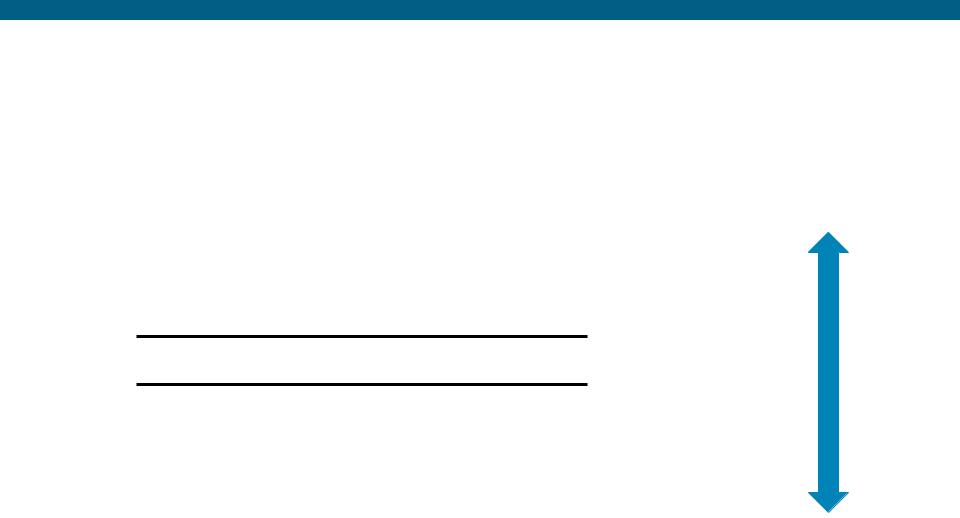
Convergence Summary
We can sort typical convergence times into three
groups: |
Best |
EIGRP with a feasible successor
OSPF with modified SPF/LSA throttle timers
EIGRP without a feasible successor and good design OSPF with default timers
EIGRP without a feasible successor without good design
Good
© 2008 Cisco Systems, Inc. All rights reserved. |
Cisco Public |
21 |

Convergence Summary
It’s possible to converge in under one second using either protocol, with the right network design
Rules of Thumb:
More aggregation tends towards better performance for EIGRP Less aggregation tends towards better performance for OSPF
If you’re going to use OSPF, tune the SPF/LSA timers
© 2008 Cisco Systems, Inc. All rights reserved. |
Cisco Public |
22 |
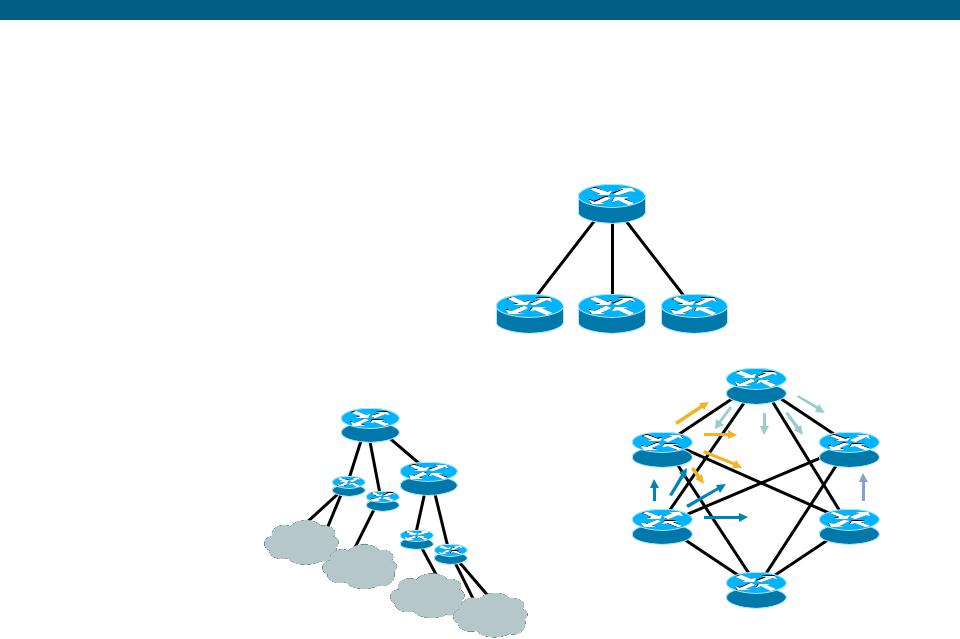
Topology
Hub and Spoke
Full Mesh
Support for Hierarchy
Topology Summary
|
|
|
|
|
|
|
|
|
|
|
|
|
|
|
|
|
|
|
|
|
|
|
|
|
|
|
|
|
|
|
|
|
|
|
|
|
|
|
|
|
|
|
|
|
|
|
|
|
|
|
|
|
|
|
|
|
|
|
|
|
|
|
|
|
|
|
|
|
|
|
|
|
|
|
|
|
|
|
|
|
|
|
|
|
|
|
|
|
|
|
|
|
|
|
|
|
|
|
|
|
|
|
|
|
|
|
|
|
|
|
|
|
|
|
|
|
|
|
|
|
|
|
|
|
|
|
|
|
|
|
|
|
|
|
|
|
|
|
|
|
|
|
|
|
|
|
|
|
|
|
|
|
|
|
|
|
|
|
|
|
|
|
|
|
|
|
|
|
|
|
|
|
|
|
|
|
|
|
|
|
|
|
|
|
|
|
|
|
|
|
|
|
|
|
|
|
|
|
|
|
|
|
|
|
|
|
|
|
|
|
|
|
|
|
|
|
|
|
|
|
|
|
|
|
|
|
|
|
|
|
|
|
|
|
|
|
|
|
|
|
|
|
|
|
|
|
|
|
|
|
|
|
|
|
|
|
|
|
|
|
|
|
|
|
|
|
|
|
|
|
|
|
|
|
|
|
|
|
|
|
|
23 |
||
|
|
|
|
|
|
|
|
|
|
|
|
|
|
|
|
|||
|
|
|
|
|
|
|
|
|
|
|
|
|
|
|
|
|||
|
|
|
|
|
|
|
|
|
|
|
|
|
|
|
|
|||
|
|
|
|
|
|
|
|
|
|
|
|
|
|
|
|
|||
|
|
|
|
|
|
|
|
|
|
|
|
|
|
|
|
|||
© 2008 Cisco Systems, Inc. All rights reserved. |
|
Cisco Public |
||||||||||||||||

OSPF Hub and Spoke
OSPF relies on every router within a flooding domain to have the exact same view of the network’s topology
(link state database) to calculate loop free paths
OSPF flooding rules have implications for scaling and design in hub and spoke networks
© 2008 Cisco Systems, Inc. All rights reserved. |
Cisco Public |
24 |
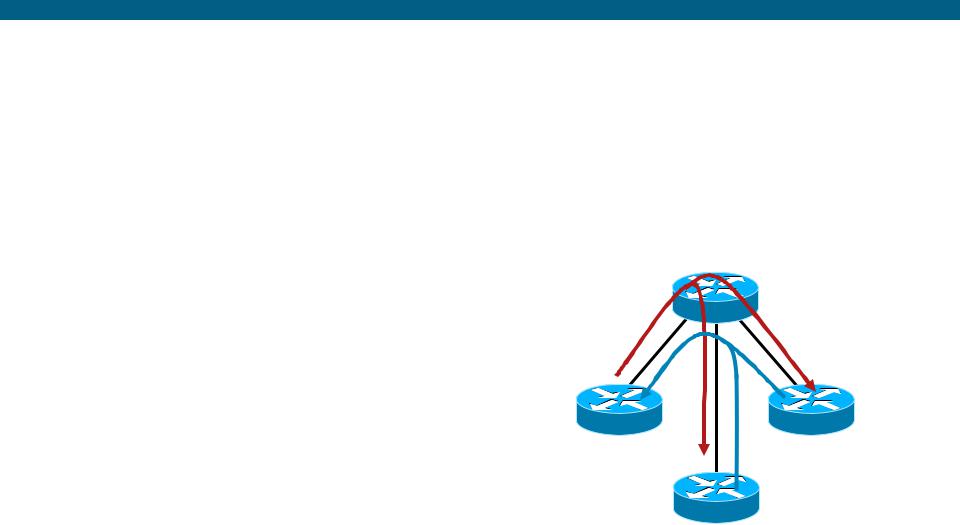
OSPF Hub and Spoke
Although B can only reach C through A, it still receives all of
C’s routing information
As the number of remote sites increases, the amount of information each remote site must process and store also increases
This limits scaling in link state hub and spoke networks
|
A |
reachability |
|
only |
|
|
|
|
|
|
through A |
B |
|
D |
|
|
|
all link state |
|
C |
information |
|
is flooded |
||
|
||
|
to B |
© 2008 Cisco Systems, Inc. All rights reserved. |
Cisco Public |
25 |
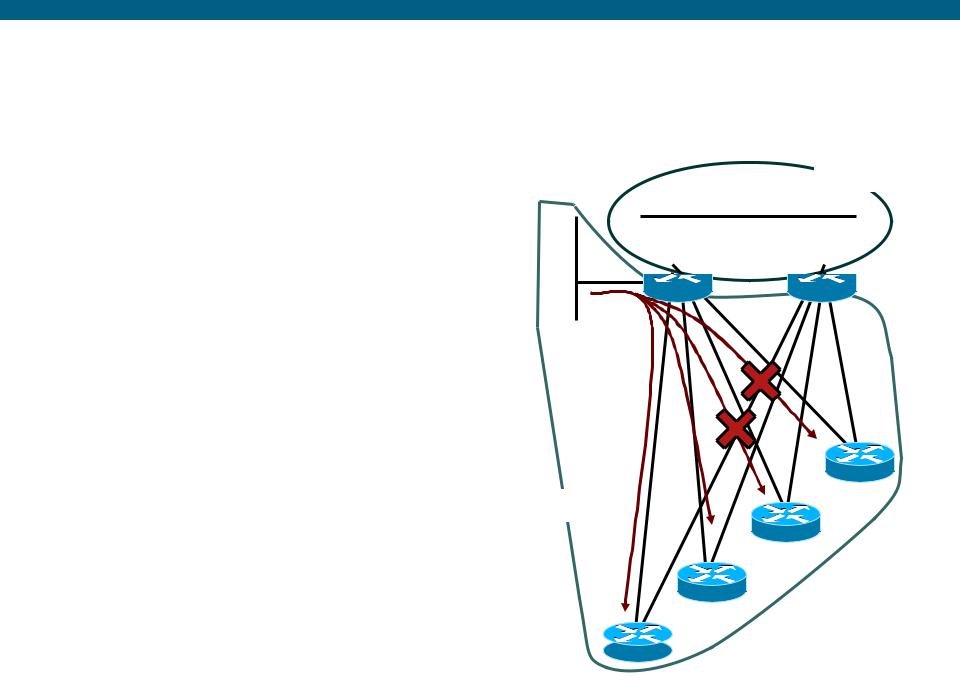
OSPF Hub and Spoke
|
Controlling route distribution |
10.1.1.0/24 |
|
|
There’s no way to allow C and |
||
|
D to receive information about 10.1.1.0/24, and not E and F
Area 0
 A
A  B
B
F
Area 1 |
E |
|
|
|
D |
|
C |
|
|
|
|
© 2008 Cisco Systems, Inc. All rights reserved. |
Cisco Public |
26 |
|
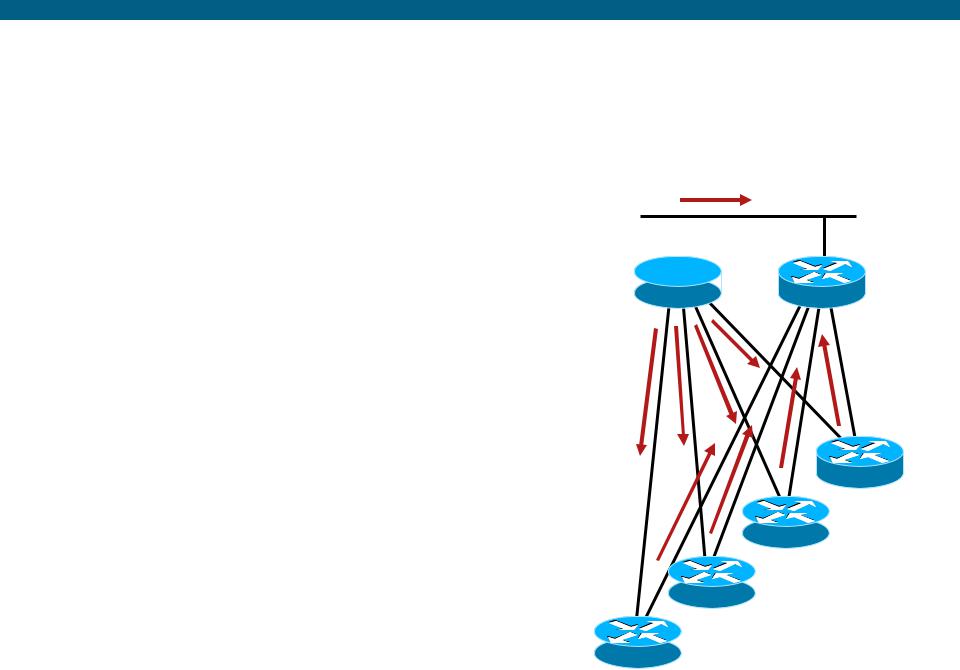
EIGRP Hub and Spoke
Controlling query range
If A loses its connection to 10.1.1.0/24, it builds and transmits five queries: one to each remote, and one to B
Each of the remote sites will query B
B must process and reply to five queries
10.1.1.0/24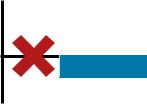


A
B
|
|
|
|
|
|
|
|
|
|
|
|
|
|
|
|
|
|
|
|
|
|
|
|
|
|
|
|
|
|
|
|
|
|
|
|
|
|
|
|
© 2008 Cisco Systems, Inc. All rights reserved. |
Cisco Public |
27 |
|||||
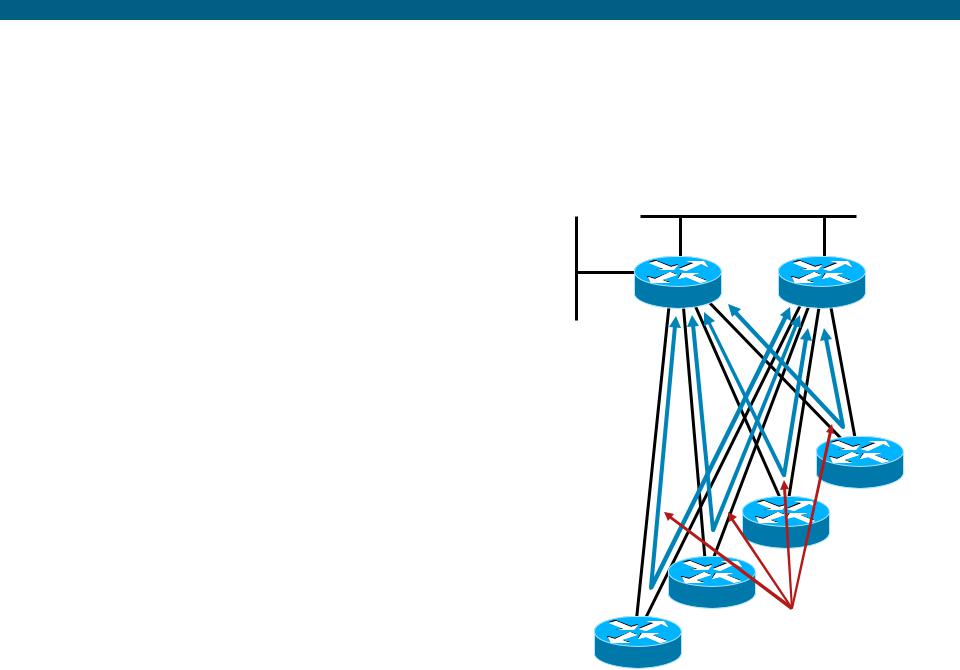
EIGRP Hub and Spoke
If these spokes are remotes
sites, they have two |
10.1.1.0/24 |
|
connections for resiliency, not |
||
|
so they can transit traffic between A and B
A should never use the spokes as a path to anything, so there’s no reason to learn about, or query for, routes through these spokes
A B
Don’t Use
These Paths
© 2008 Cisco Systems, Inc. All rights reserved. |
Cisco Public |
28 |
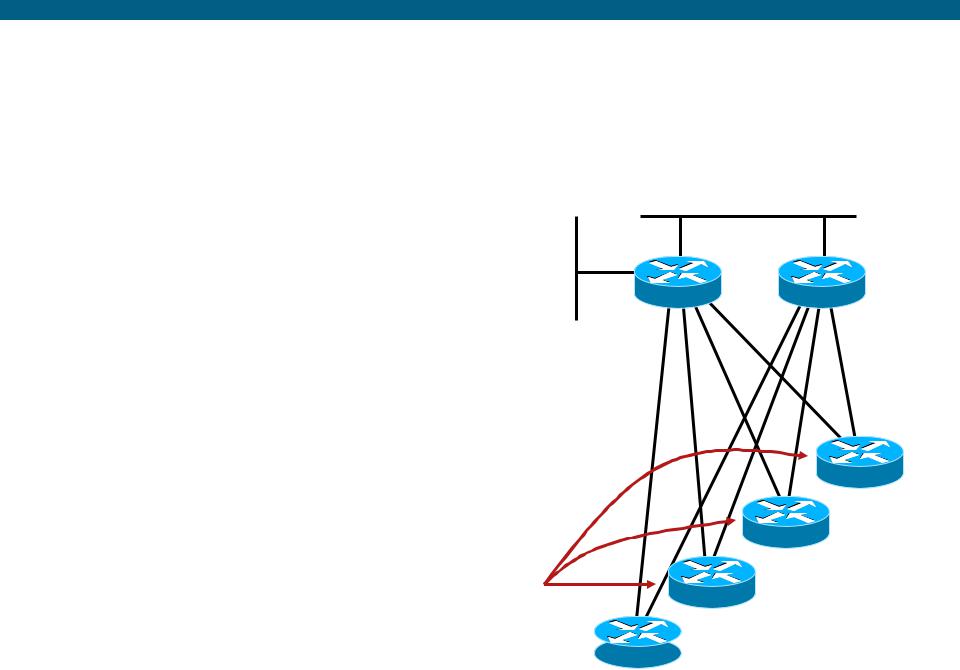
EIGRP Hub and Spoke
To signal A and B that the
paths through the spokes |
10.1.1.0/24 |
|
should not be used, the spoke |
||
|
routers can be configured as
EIGRP stubs
router#config t# router(config)#router eigrp 100
router(config-router)#EIGRP stub connected router(config-router)# 
A B
|
|
|
|
© 2008 Cisco Systems, Inc. All rights reserved. |
Cisco Public |
29 |
|
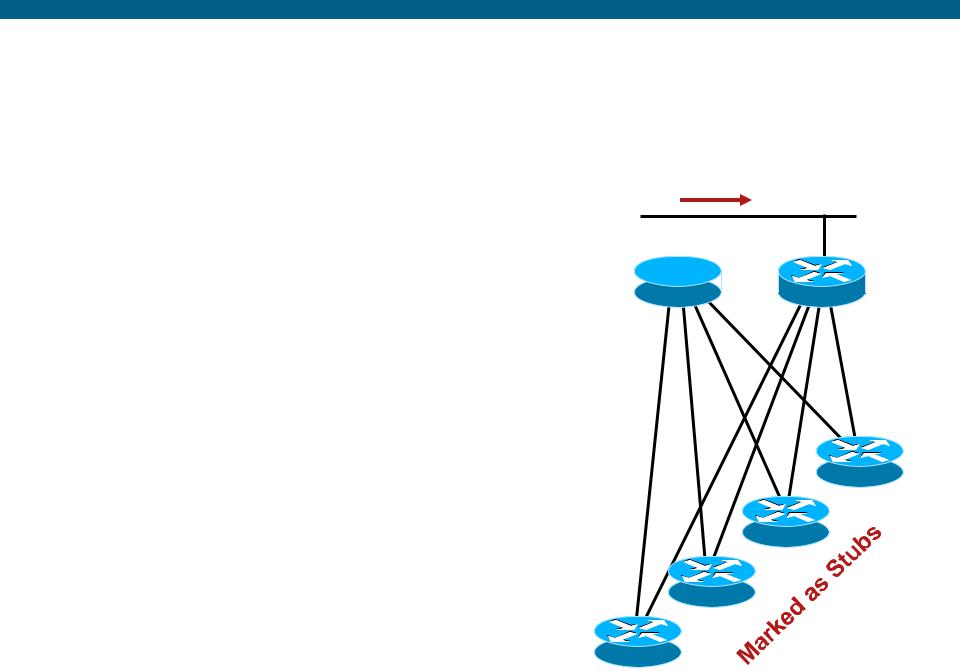
EIGRP Hub and Spoke
Marking the spokes as stubs allows them to signal A and B that they are not valid transit paths
A simply will not query the remotes, reducing the total number of queries in this example to 1
10.1.1.0/24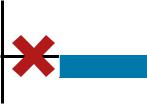


A
B
|
|
|
|
|
|
|
|
|
|
|
|
|
|
|
|
|
|
|
|
|
|
|
|
|
|
|
|
|
|
|
|
|
|
|
|
|
|
|
|
|
|
|
|
|
|
|
|
|
|
|
|
|
|
|
|
|
|
|
|
|
|
|
|
|
|
|
|
|
|
© 2008 Cisco Systems, Inc. All rights reserved. |
Cisco Public |
30 |
|||||||
